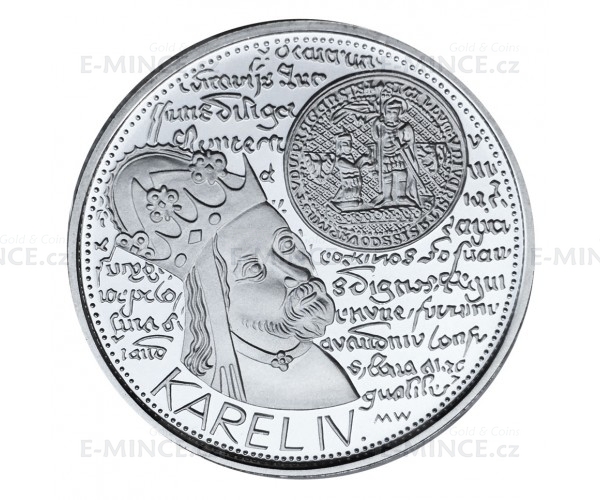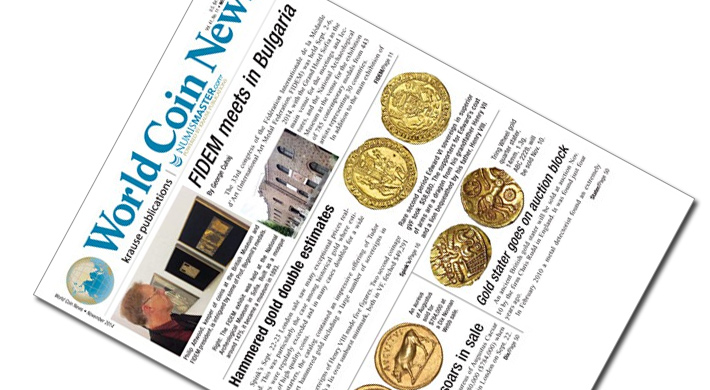Top Info For Hand Polishing Czechoslovakia Medals
What Are The Advantages Of A Plaster Mold Used To Make An Initial Physical Representation Of A Gold Coin Or Medal?This design can be a sketch drawn by hand or a digital representation made with graphic design software. This design may be a simple sketch drawn with a pencil, or it could be an image created digitally using graphic software. You can also use other materials such as wax or clay.
Plaster Preparation: The plaster is mixed with water in order to form a uniform consistency that can be worked. It is essential that the mixture is smooth with no lumps and uniform in order to form the mold.
Create the base - The maquette is sculpted on an appropriate base or platform. This base can be a wooden plank or a flat surface to provide stability.
The sculpting Maquette Artists use the gold design to guide him when making it into a plaster. The process involves shaping the plaster to create relief or a 3-D rendition of the medals or coins.
Detailing and Refinement The artist will concentrate on adding fine details, redefining the lines of the design and ensuring that the proportions are accurate. This stage involves careful attention to the details.
Allowing Time for Drying and Setting- Once the sculpture is finished, the Plaster needs to be allowed to set and dry. This allows the maquette's form to be preserved and for its hardening.
Finishing the Maquette- After drying out, the surface will be further smoothed to remove any bumps and rough spots.
Sealing and Preserving- To keep and protect the maquette and also to prepare it for other processes like scanning or molding, apply a protective or sealant layer on the surface.
The 3-D plaster maquette created is used to represent the gold design on the medal or coin. The plaster maquette can be used to make molds to make mass-production production possible, as well as to serve as a source material for other stages of the manufacturing process. See the top rated Prague Mint gold medals plaster molds blog tips. including congressional gold medal, gold silver coins, apmex gold, gold coin 24k price, hidilyn diaz, gold and silver bullion, gold quarter, gold apmex price, gold coin store near me, olympic gold medal and more.

How Can Laser Technology Be Employed To Refine Gold Coins And Medals Die Surface?
Laser technology can be used to create dies and master hubs that are more precise through the use of precise information. This is how laser technology can be used in this process Surface Refinement
After initial machining the surface of the die or master hub is polished with laser technology. It helps in smoothening out imperfections, removing burrs, or correcting minor irregularities on the surface.
Detail Enhancement-
Laser techniques for engraving and ablation can be utilized to enhance or improve the features of the master hub or die. Lasers can precisely etch or remove materials to create intricate lines, textures, or complex designs that are difficult to achieve through conventional cutting.
Microstructuring-
Laser microstructuring is the method of creating microscopic textures or patterns on the surface of the die. This technique can impart textures or patterns to enhance the visual or security features, or even coins or medals.
Surface Hardening and Treatment
Lasers can be used to treat or strengthen the surface of dies or master hub. This process can increase the strength and durability of the material.
Precision Modifications
Laser technology permits precise corrections or modifications to the die or master hub without impacting the overall geometry. It is possible to alter the surface to address imperfections, imperfections and other problems that may affect the quality of struck coins or medals.
Controlled Material Removal
Laser ablation can be used to remove material in a controlled manner and especially in cases where intricate specifics are required. It provides a non-contact method of removal of materials, while preserving the integrity of the surrounding area.
Laser technology's use in refining the surface and improving the details of dies or master hubs provides a greater degree of accuracy, finer details and improved quality of the surface. It complements conventional machining processes, allowing for the precision manipulation and enhancement of the surface characteristics of dies essential for the production of top-quality gold coins and medals. Follow the recommended laser processing Czechoslovakia gold coins site info. including gold coins coin, gold and bullion, coin gold price today, 1 4 ounce gold coin, 2000 p gold dollar, golden and silver, silver price in dollar, 100 gm gold biscuit, gold medal gymnasts, silver eagle coins and more.

Why Are Gold Medals And Coins Cleaned By Hand?
Hand-polishing dies ensures smooth and perfect finish for gold coins and other medals. The smooth surfaces permit more accurate reproduction of exquisite details and intricate designs on the struck medals or coins.
The polished die will ensure that the medals or coins produced have sharp edges, clear details, and a good relief. This improves the overall appearance and overall quality of the product.
Polishing can reduce friction, wear and tear in the strike process. A smooth die's surface reduces the chance of imperfections or irregularities on the coins or medals struck caused by rough surfaces of the die.
Consistency of Striking Die dies that are hand-polished ensure uniformity throughout the process of minting by ensuring the same striking area. Consistency is essential to maintain the accuracy of the design, its depth and overall quality over multiple coins or medals.
Durability and longevity of DiesDies with a high polish are less susceptible to damage or wear when struck. Dies made of these are robust and more long-lasting and can hit more coins, without sacrificing quality.
Accuracy and Precision: Hand polishing allows engravings to refine and fine-tune certain areas of the die. This guarantees that the details are accurately reproduced on struck medals or coins. This level contributes to accuracy in the finished product.
Quality Control- The polishing process is an element of quality control. The die can be inspected as it is polished by hand to find any imperfections or inconsistencies, and then corrected prior to the die is struck.
Surface Finish Polishing is a method to impart a specific appearance or surface that can increase the visual appeal of the coins or medals, or give them distinct particularities.
Hand-polishing dies used for gold coins and medals is crucial to ensuring that minted products are high quality, beautifully detailed, and of high aesthetic appeal. It can make a huge distinction in the look of the item, its consistency and its long-lasting quality. Follow the best hand polishing Czechoslovakia gold coins site info. including 1 oz gold eagle, 1 oz gold coin price today, gold medals michael phelps, ngc grading, gold bars price, 1 10 ounce gold coin, 10 dollar gold coin, golden dime, gold bullion price, 1 0z gold and more.

How Can You Create That Antique Look On Some Gold Coins Or Medals?
This is how it's done. This is the way and how it's done.
Chemical patination - Chemical treatments that use acids or acid-based substances to create patina is applied to the surface of a coin or medal. These solutions result in controlled oxidation or toning, giving the coin or medal an aged or antique look. This process accentuates the particulars and adds depth to an image.
Artificial AgingChemical or mechanical methods are used to create a fake age on the surface, simulating the natural wear and tarnish which occurs over time. The use of abrasive tools and treatments can be used to make scratches, scuffs or worn areas. This can give the medal or coin the appearance of aging.
Toning or stainingToning - The surface is toned or stained using the use of heat or special solutions. This method can replicate the discoloration and toning that is natural over time.
Buffing/Polishing Techniques: Certain parts of the body are addressed with a selective buffing/polishing to get rid of surface or highlight layers that create contrast and an aged look.
What are the motivations behind creating an antique appearance?
Aesthetic Appeal: Some collectors or enthusiasts prefer metals or coins with an antique appearance for their aesthetic appeal. The aged appearance adds depth, character and distinctiveness to the style, which makes it visually stunning.
Historical or Commemorative Meaning- Coins, medals, or other commemorative items that pay tribute to historical events or times may be aged to give them a historical authenticity. They may be reconstructed to resemble coins from specific periods.
Antiqued medals or coins are sought-after by collectors who want unique items or limited editions. The appearance of aging can increase their value as collectibles and increase their appeal.
Highlighting design details- The aging process can highlight the intricate design details by creating contrast in raised and recessed area and making designs more obvious.
Minting Authority - Minting authorities as well as artists and designers can use aging as a way to express themselves artistically, through the use of symbolism, depth or telling stories.
The deliberate choice of creating an antique appearance for gold medals or coins could be a means to evoke nostalgia, create an interest in the eye or create an atmosphere of historical significance. But, it is crucial to balance the aesthetic effect with maintaining the coin's intrinsic value and authenticity. Follow the top antique finish of Prague Mint gold coins blog tips. including gold medal gymnasts, gold quarter, canadian gold maple leaf, golden dime, gold bars for sale near me, coin buy gold, gold coins for sale, gold bullion cost, gold buy bullion, gold medal swimming and more.